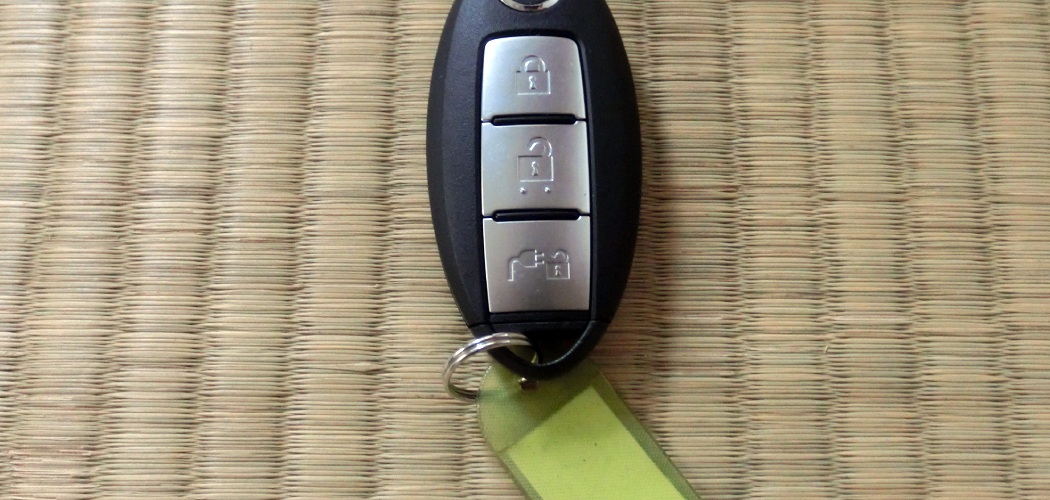Are you having trouble starting your Nissan Altima with a key? Don’t worry; it’s a common issue that can be quickly resolved. This guide will walk you through the steps to start your Nissan Altima with a key.
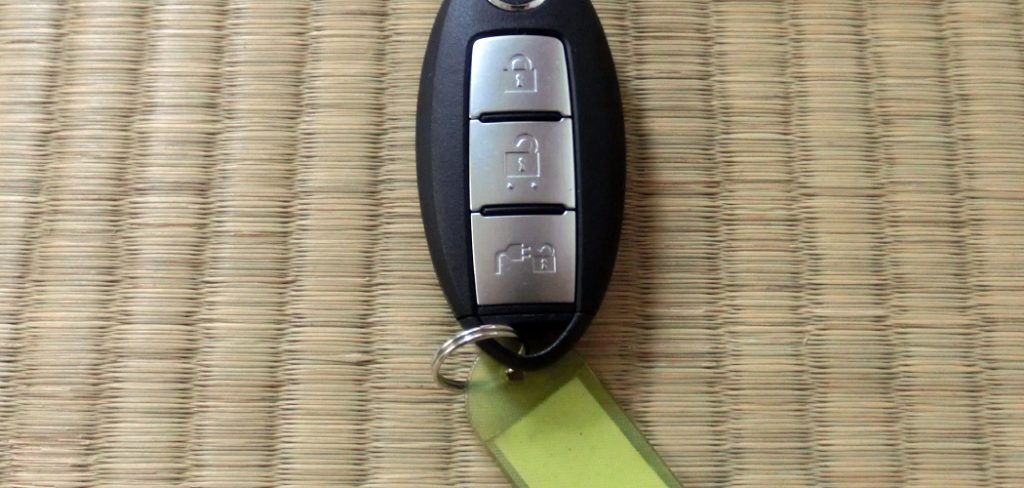
Starting a Nissan Altima with a key is a straightforward process that ensures your vehicle is ready to hit the road. Whether you are new to driving or unfamiliar with this specific model, understanding the steps is key to a smooth start-up experience.
This guide on how to start a nissan altima with a key will walk you through the proper method to start your Nissan Altima using a traditional key, offering clear instructions to get you moving safely and efficiently.
What Are the Benefits of Starting a Nissan Altima with a Key?
Before we dive into the steps to start your Nissan Altima with a key, let’s quickly discuss the benefits of using this method.
- Quick and Easy: Starting your vehicle with a traditional key is a simple process that only takes a few seconds. This can save you time and hassle compared to push-to-start methods.
- No Need for Electrical Power: Unlike newer models that require electrical power to start the car, starting with a key does not rely on any battery or charging capabilities. This means you can still start your vehicle even if the battery is low or dead.
- Cost-effective: Traditional keys are generally cheaper to replace or duplicate than modern keyless options. This can save you money in the long run.
- Backup Option: In case of any issues with your remote start or push-to-start feature, having a key as backup can ensure that you can still start your vehicle without any problems.
These are just a few benefits of starting your Nissan Altima with a key. Now, let’s get into the steps to do so.
What Will You Need?
Before we begin, make sure you have the following items on hand:
- Your Nissan Altima key
- A valid form of identification (driver’s license, passport, etc.)
- The vehicle’s owner manual (optional)
Having these items ready will ensure a smooth and hassle-free start-up process.
10 Easy Steps on How to Start a Nissan Altima With a Key
Step 1. Insert the Key into the Ignition:
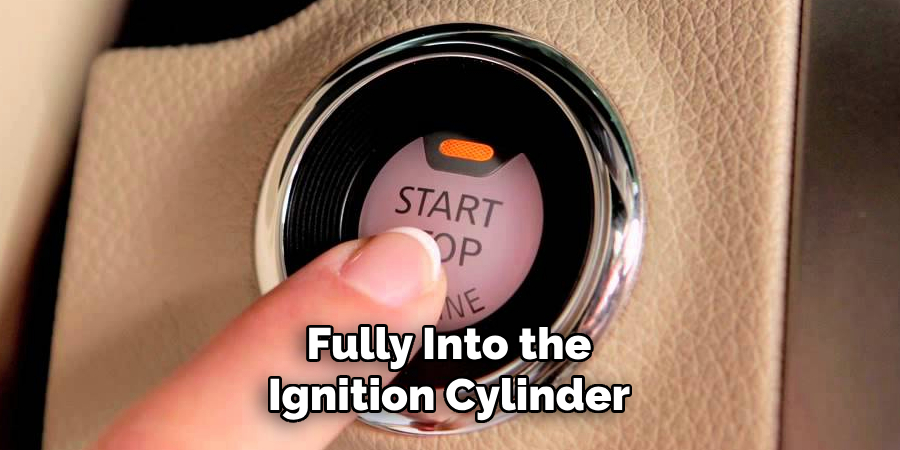
Begin by locating the ignition slot on the right side of the steering column. Take your Nissan Altima key and insert it fully into the ignition cylinder. Ensure the key is aligned correctly and smoothly without forcing it, as this could damage the ignition mechanism. If the key seems stuck or doesn’t insert easily, double-check its orientation and ensure no debris or obstruction is present in the ignition slot.
Correctly inserting the key is crucial for the subsequent steps to proceed without any issues. You can move on to the next step when the key is securely in place.
Step 2. Turn the Key to the “ON” Position:
Once the key is securely inserted into the ignition, gently turn it clockwise to the “ON” position. This is the second position before starting the engine, where the dashboard lights and electrical components, such as the radio and air conditioner, will become active. Take a moment to observe the dashboard for any warning lights or issues. If everything appears normal, you can confidently proceed to the next step. Avoid turning the key too far at this stage, as that would attempt to start the engine prematurely.
Step 3. Check the Dashboard Indicators:
Carefully examine the dashboard indicators with the key in the “ON” position. Look for any illuminated warning lights, such as the check engine light, oil pressure warning, or battery alert. These indicators provide critical information about the vehicle’s condition.
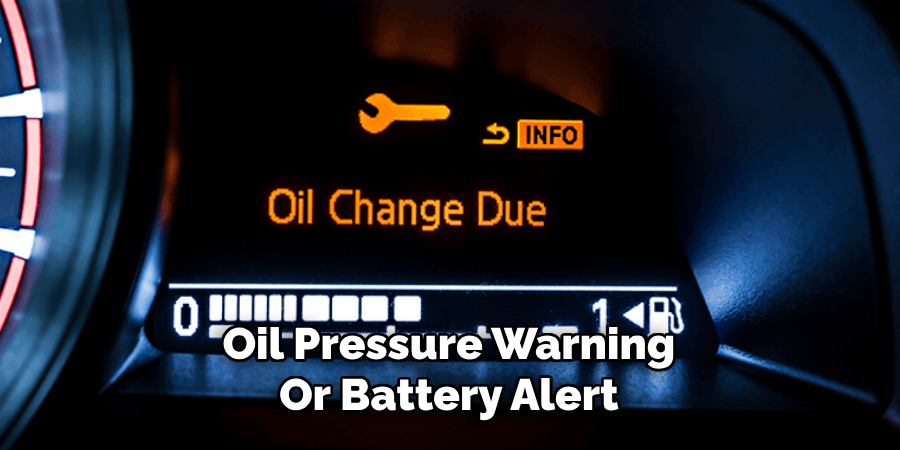
If any warning lights stay on, consult your vehicle manual or seek assistance from a professional mechanic before proceeding. Ensuring that everything is functioning correctly at this stage is essential for a smooth startup process. Once verified, you can confidently move to the next step.
Step 4. Start the Engine:
Once you have verified the dashboard indicators and everything appears in order, it’s time to start the engine. Turn the key fully in the ignition or press the start button if your vehicle is equipped with one. The engine should come to life smoothly. Listen for any unusual noises, as these could signal potential issues. If the engine starts without any irregular sounds or problems, you can proceed with your drive. Always allow the engine a few moments to stabilize before putting the vehicle in gear.
Step 5. Check the Mirrors and Adjust Your Seat:
Before setting the vehicle in motion, take a moment to adjust your seat and mirrors for optimal comfort and visibility. Ensure the rearview and side mirrors provide a clear view of your surroundings, minimizing blind spots. Properly adjusting your seat allows for easy access to the pedals and steering wheel, ensuring maximum control over the vehicle. This step is crucial for maintaining safety and comfort while driving.
Step 6. Fasten Your Seatbelt:
Before you start driving, permanently fasten your seatbelt. This is a fundamental safety measure that protects you during sudden stops or accidents. Ensure that the seatbelt fits snugly across your chest and lap, avoiding any twists. Remind all passengers to buckle up as well, as this is essential for everyone’s safety. Wearing a seatbelt is a legal requirement in many places and a vital step in safeguarding lives.
Step 7. Start the Engine and Check Indicators:
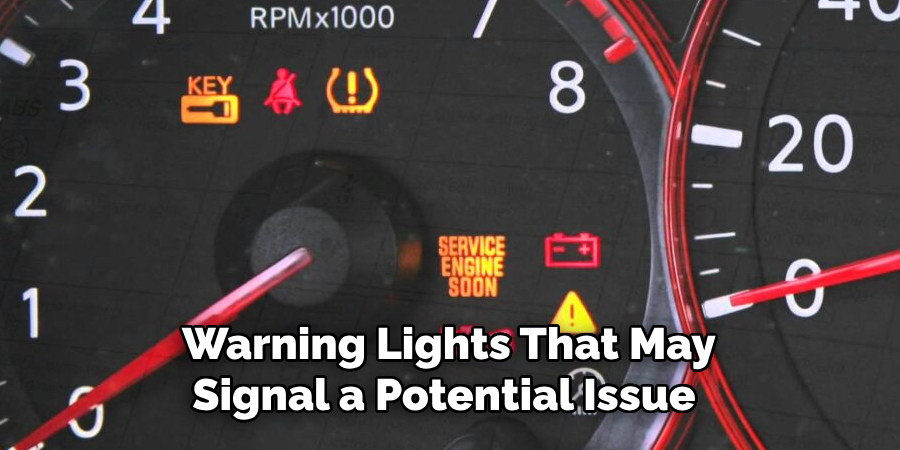
Insert the key into the ignition or press the start button (if applicable) to start the engine. Once the engine is running, take a moment to check your dashboard indicators. Look for any warning lights that may signal a potential issue with the vehicle, such as low fuel, tire pressure, or engine problems. Addressing these alerts before driving ensures that your vehicle is in proper working condition and reduces the risk of complications on the road.
Step 8. Adjust Mirrors and Check Surroundings:
Before moving the vehicle, adjust your rearview and side mirrors to ensure optimal visibility. Properly positioned mirrors help eliminate blind spots and provide a clear view of the traffic around you. Once the mirrors are set, take a few seconds to look around and check for any obstacles, pedestrians, or vehicles near your car. Being aware of your surroundings minimizes the chances of accidents and ensures a safe start to your journey.
Step 9. Keep Your Foot on the Brake:
As you prepare to move, keep your foot on the brake pedal. This is essential for ensuring that the vehicle stays stationary while in gear. It also prevents any sudden movements that could cause accidents. Keeping your foot on the brake will allow you to control the car’s speed and direction before slowly releasing it as you accelerate.
Step 10. Put the Vehicle in Gear and Drive Safely:
To begin driving, ensure the vehicle is in the correct gear, depending on whether it is an automatic or a manual transmission. For automatic cars, shift the gear to ‘Drive’ (D), while for manual cars, engage the appropriate gear, typically first or reverse, depending on the situation. Gradually release the brake pedal while gently pressing the accelerator to start moving smoothly.
Maintain a firm grip on the steering wheel and focus on the road ahead. Always check your mirrors and surroundings as you begin to drive to ensure no obstacles or hazards are nearby. Remember to signal when necessary, especially when merging into traffic, changing lanes, or making turns. Driving safely also means adhering to speed limits, maintaining a safe distance from the vehicle in front of you, and keeping distractions to a minimum to reduce the risk of accidents.
By following these steps, you can confidently start your vehicle and begin your journey safely.

5 Things You Should Avoid
- Forcing the Key into the Ignition: Forcing the key into the ignition slot can damage both the key and the ignition cylinder. Always ensure that the key is properly aligned and inserted gently.
- Turning the Key Too Hard: Applying excessive force when turning the key can lead to breaking the key within the ignition or wearing out internal components. If the key does not turn quickly, check for obstructions or potential issues with the ignition.
- Using a Damaged or Worn-Out Key: A damaged or worn-out key may not engage the ignition properly and can cause it to jam or malfunction. Always use a well-maintained key and consider replacing it if signs of damage are visible.
- Neglecting to Check the Vehicle Is in Park or Neutral: Attempting to start the car while it is in gear instead of park or neutral can prevent the engine from starting. Ensure the gear shift is in the correct position before turning the key.
- Ignoring Warning Lights or Electrical Issues: Starting the car while ignoring warning lights on the dashboard or unresolved electrical issues can exacerbate problems. Have any concerning lights or faults inspected before attempting to start the vehicle.
Conclusion
How to start a Nissan Altima with a key requires attention to detail and proper care to avoid potential issues.
You can start the vehicle smoothly and efficiently by ensuring the key is in good condition, the gear shift is in the correct position, and no obstructions or warning lights are present. Regular maintenance of both the key and ignition system can further enhance reliability.
Following these steps ensures safe operation and helps maintain the longevity of your vehicle’s ignition system.

